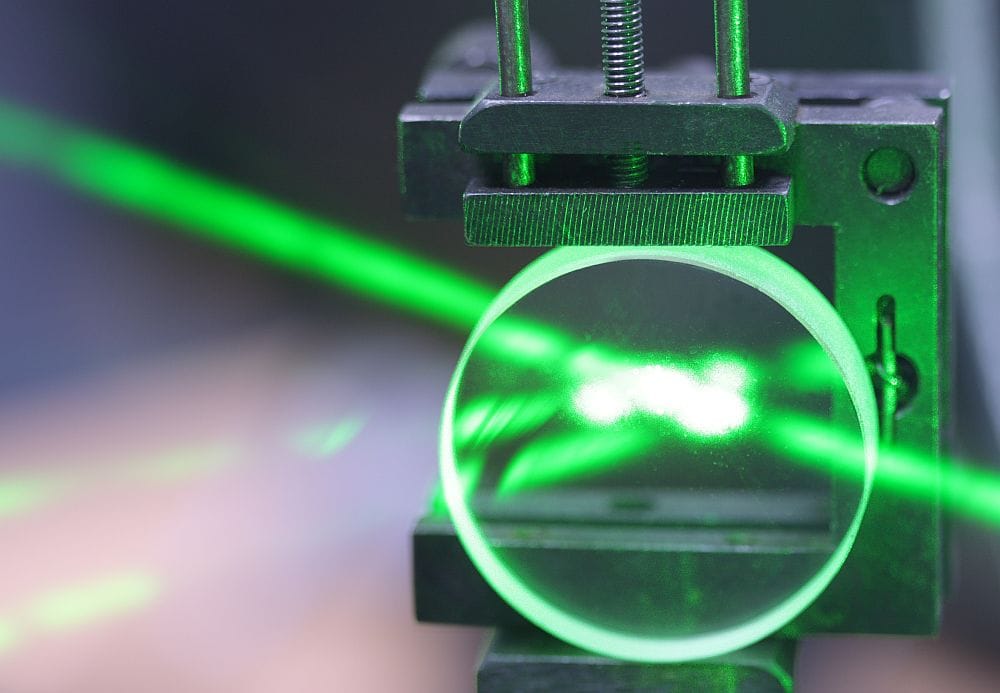
[Image above] Credit: Adobe Stock
In the past 300 years, the use of ceramic and glass materials in the medical field has evolved enormously, from rudimentary porcelain dentures to advanced bioactive glass scaffolds for tissue engineering. Now, ceramic and glass materials and technologies find application all throughout the human body.
As these applications have expanded, so too has our ability to fabricate biomaterials with highly controlled structures and properties. The December 2024 Bulletin, which published online yesterday, gives a peek into some of these manufacturing tools and techniques, such as electrospinning and lithography-based 3D printing.
The mechanical strength and fracture toughness of bioactive glasses and bioceramics are two properties that scientists aim to improve using these advanced manufacturing techniques. In an open-access review paper, researchers from various institutes and universities across Europe look specifically at the strategies used to improve the mechanical strength of bioceramic scaffolds for bone healing.
They begin by noting that porosity is a key factor in mechanical strength. Studies on hydroxyapatite and tricalcium phosphate scaffolds have generally found that as porosity increases, compressive strength decreases. However, the extent to which this inverse relationship holds is affected by the materials used, particle and pore size, and the manufacturing process, among other factors.
The researchers then dive into a review of the methods used to manufacture bioceramic scaffolds. First, they describe several traditional fabrication methods, including foam replica, gel or solvent casting, and freeze drying. These traditional methods often lead to irregular pore geometries, “resulting in regions with low pore interconnectivity, which compromises bioactivity, and high-stress concentration under load, which compromises mechanical properties,” they write.
In contrast, additive manufacturing “addresses these issues by allowing for precise control of pore geometries,” they write. They then describe various additive manufacturing techniques, including extrusion-based methods, selective laser melting and sintering, and stereolithography.
After overviewing all the manufacturing techniques, the researchers dive into describing shared parameters that impact porosity, including cooling rate, sintering time and temperature, and solid loading. They then explore the bulk and nanoceramic materials used for bioceramic scaffolds and discuss how porosity impacts mechanical strength in each case.
The researchers conclude that bioceramics have “a bright future” in bone healing applications. However, “more investigations on all different kinds of bioceramics are required to improve their properties so that their weakness becomes a treatable problem and make them more effective in bone repair,” they write.
The open-access paper, published in Journal of the European Ceramic Society, is “Review on the strategies to improve the mechanical strength of highly porous bone bioceramic scaffolds” (DOI: 10.1016/j.jeurceramsoc.2023.09.003).
Author
Lisa McDonald
CTT Categories
- Biomaterials & Medical
- Education


